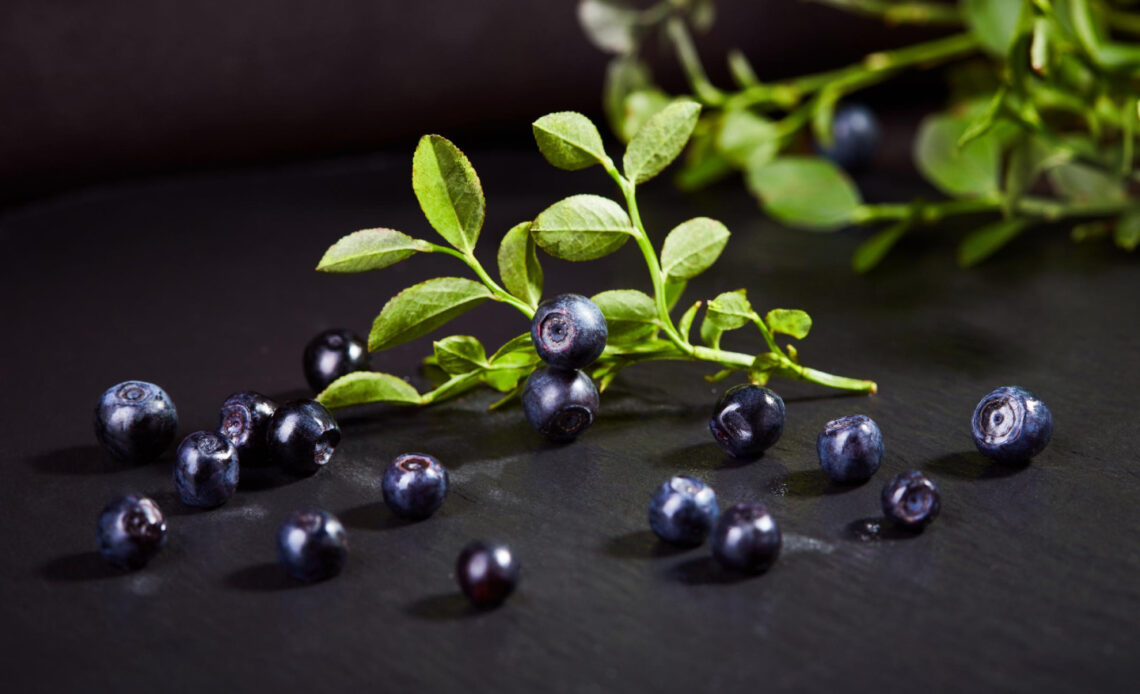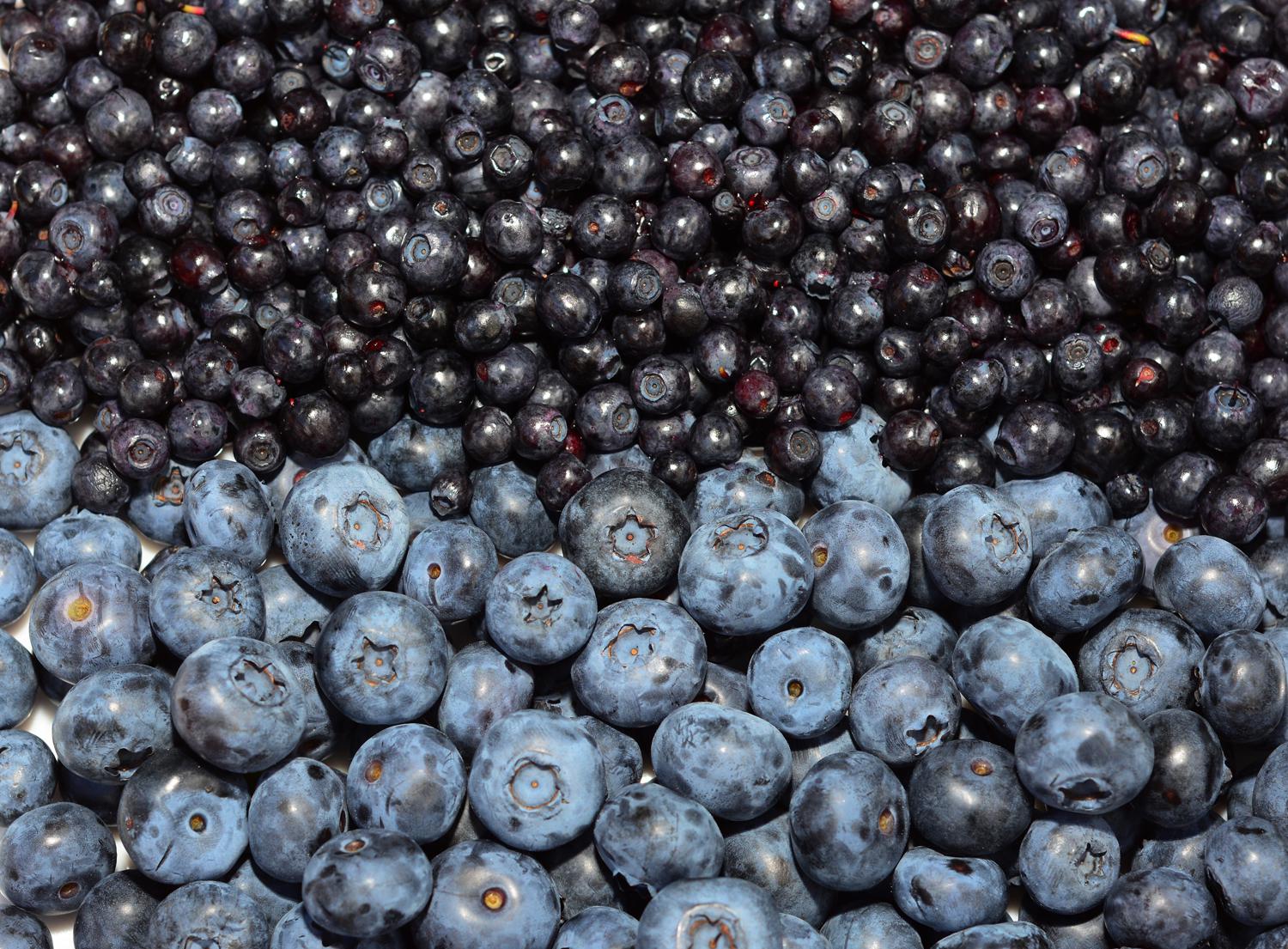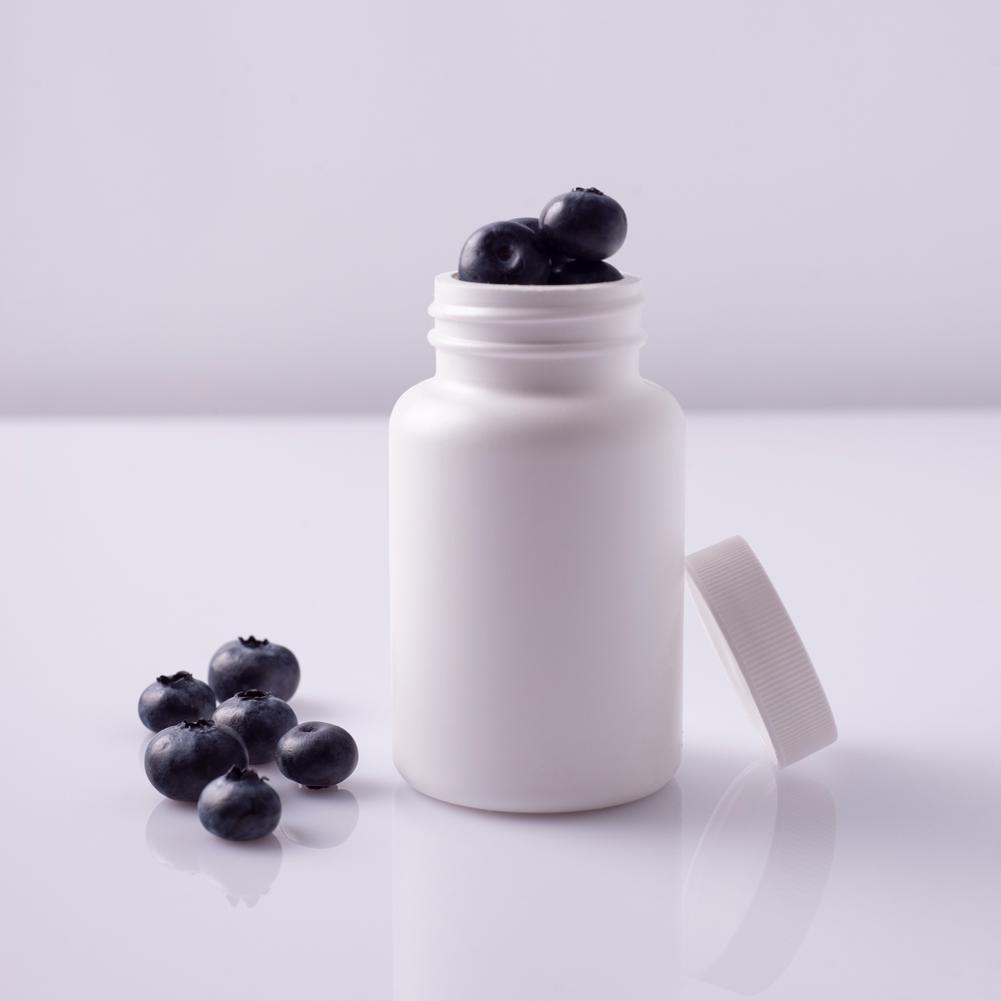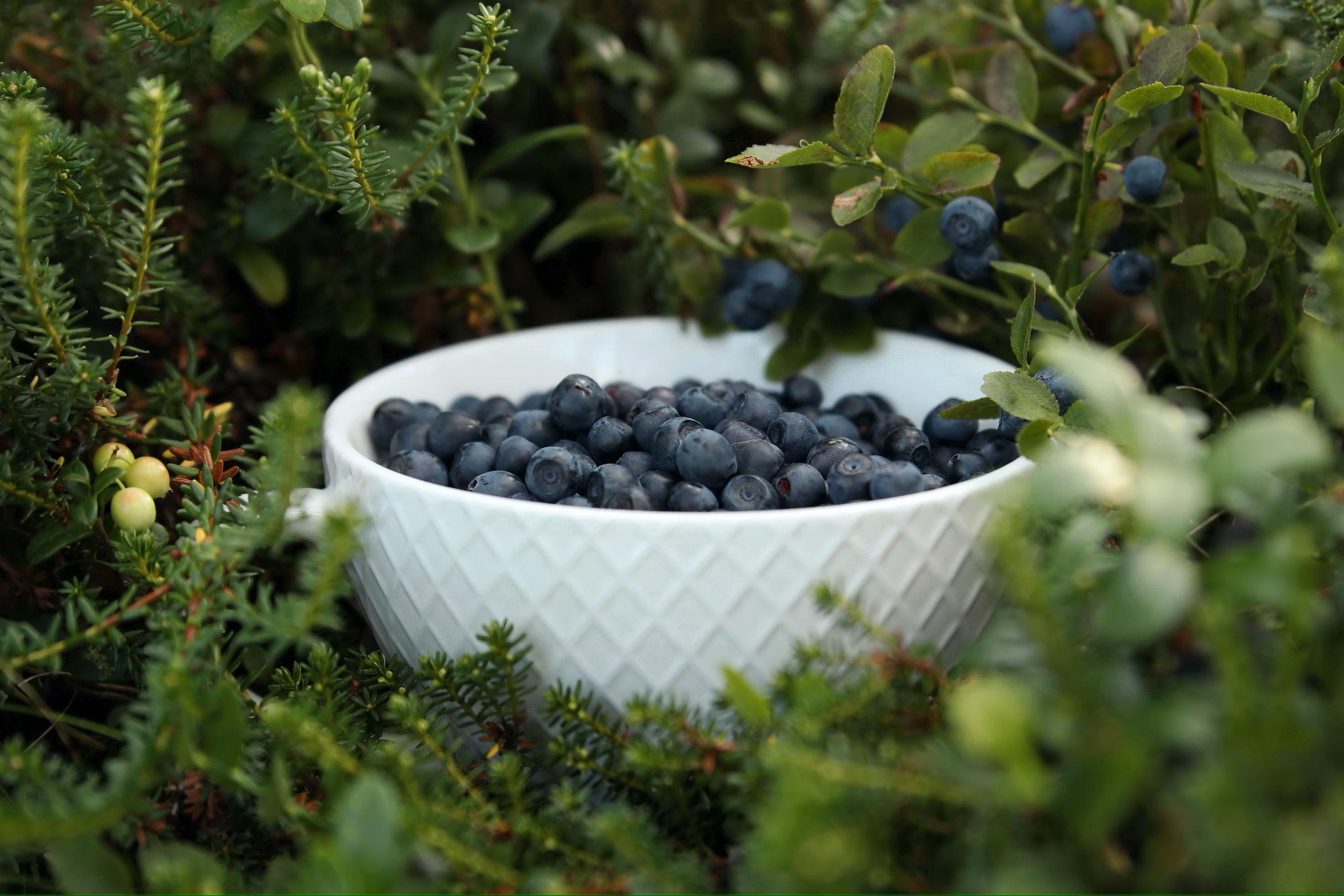
Together with an expert, we find out what blueberries have a positive effect on and who they are contraindicated for, how to properly prepare berries for long-term storage, what dishes to prepare, and what are their special benefits for women, men, and children.
- What you need to know
- How is it different from blueberries?
- Benefits of Blueberries
- How to choose
- How to store
- Expert comments
- What to cook
What you need to know
Blueberry, or common bilberry (Latin: Vaccinium myrtillus), is a shrub of the heather family. The scientific name of the genus comes from the Latin word vacca (“cow”) – all because the leaves of the plant are liked by ungulates. The European name refers to the property of the berry juice to color the tongue and fingers in a black-violet color. Hence the popular names: chernega, chernizhnik, chernitsa, chernishnik. Since ancient times in Rus', dye for fabrics was obtained from bilberries – the color was from violet to red, depending on the method and time of etching (1).
Blueberries are unpretentious plants. They grow well in coniferous and small-leaved forests, tundra, raised bogs and even in the mountains, rising to an altitude of 2800 m above sea level. The range of blueberries covers almost all areas of the forest zone of the European part of Europe, is found in Eastern and Western Siberia, the Caucasus, as well as in some parts of North America and Asia. The genus of blueberries has about 100 species, seven of which grow in Europe. The largest of the representatives is the Caucasian blueberry (V. arctostaphylos L.) – a large bush or small tree up to 3 m high.
Blueberry fruits are small but easily noticeable due to their dark, almost black color. The pulp inside is reddish-purple with numerous small seeds. Blueberries bloom in May-June and bear fruit in July-September.
There are seven species of blueberries in Europe. They bloom in May-June and bear fruit in July-September.
What is the difference between blueberries and bilberries?
Blueberries are the closest relatives of bilberries, they come from the same genus and family. The popular names – fool's berry and drunkard – are explained quite simply. The fact is that wild rosemary often grows next to blueberries, the leaves of which emit a characteristic intoxicating smell. If you inhale it for a long time, it can cause headaches and dizziness, but the negative effect is undeservedly attributed to blueberries.
Blueberries taste watery and sweet, they do not have the same pronounced taste as blackberries, and their juice does not stain your fingers.
Caloric content and nutritional value of blueberries per 100 g:
- calories — 44;
- proteins – 1.1 g;
- fats – 0.6 g;
- carbohydrates – 7.6 g.

Blueberries taste watery and sweet, they do not have the same pronounced flavor as blackberries.
Benefits of Blueberries: Five Properties
Blueberries are sweet and sour, slightly astringent. They contain vitamins A, B, C, manganese, magnesium and calcium, tannins and pectin substances, as well as anthocyanins. Although blueberries are most often recommended for improving vision, they have many other useful properties – for example, they lower blood glucose levels, have an anti-inflammatory effect, help in the treatment and prevention of cardiovascular diseases, diabetes, dementia and other age-related diseases (2).
1. Improves vision
Numerous studies have been conducted on the effects of blueberries on various eye disorders and vision loss, such as cataracts, retinopathy (a non-inflammatory pathological change in the blood vessels of the retina), and macular degeneration. Eating blueberries helps improve retinal disorders, increase capillary resistance, slow the progression of lens opacity and myopia, and improve vision adaptation to darkness (3).
2. Supports immunity and has an anti-inflammatory effect
Like most other berries, blueberries contain a large amount of anthocyanins, which have an anti-inflammatory effect. Vitamin C, which is found in berries, has the same effect.
3. Helps in the treatment and prevention of diabetes
Scientists have proven that anthocyanins help reduce the risk of developing diabetes (4). In simple terms, anthocyanins are red, blue, and purple pigments found in fruits, vegetables, and berries, including blueberries. This berry is one of the richest natural sources of anthocyanins (it contains from 300 to 700 mg per 100 g, which is more than cranberries, cherries, and raspberries). The usual daily intake of anthocyanins with food is about 200 mg.

Blueberries are one of the richest natural sources of anthocyanins, which help reduce the risk of developing diabetes.
4. Helps in cancer prevention
Blueberries have anti-cancer potential – there are a number of experimental studies using blueberries alone or in combination with other berries. The results are encouraging: in a pilot study, 25 patients with colorectal cancer were given blueberry extract seven days before surgery. After seven days, blueberry anthocyanins were detected in plasma as well as in tumor tissue. Tumor tissue showed a 7% reduction in proliferation compared to values before blueberry consumption, as well as a small but significant decrease in plasma insulin-like growth factor-1 (IGF-1) levels observed at the lowest dose. These preliminary data are an important stepping stone for further clinical trials of blueberry anthocyanins used in chemoprevention.
5. Reduces the risk of cardiovascular diseases
Cardiovascular diseases are one of the leading causes of death worldwide. The main risk factors are obesity, diabetes, hypertension, and atherosclerosis (an inflammatory process associated with oxidative stress and damage to the vascular endothelium). Scientists have proven that regular consumption of blueberries reduces the risk of developing cardiovascular diseases, mainly by lowering LDL/TG cholesterol levels and increasing HDL cholesterol levels (5). Women and men who participated in the study ate 150 g of frozen blueberries three times a week for six weeks.
Eating blueberries reduces the risk of cardiovascular disease
How to choose blueberries
Blueberries should be uniformly dark in color, without light spots or dots, the skin should be whole, and the berries themselves should be firm. A waxy coating on the berries is a sure sign that they are very fresh. It can be easily removed by simply rinsing the blueberries under running water.

The waxy coating on the berries is a sure sign that they are very fresh.
How to Store Blueberries
Fresh blueberries do not last long in the refrigerator – only a couple of days. It is important not to wash them before storing, as this will cause them to wither and spoil faster. You can extend the shelf life by freezing or drying the berries.
To freeze
Steps to Freeze Blueberries:
- wash the berries thoroughly to remove leaves and branches;
- dry the berries on a paper towel;
- Place the berries in a container or zip-lock bag and place in the freezer.
Blueberries can be stored frozen for no more than a year, the main thing is that there are no meat, fish or strong-smelling products near them.
Dry it
There are several ways to dry blueberries at home. One of the easiest (if you don’t have a special electric dryer) is in the oven. To do this:
- Place the washed berries evenly in one layer on a baking sheet lined with parchment paper;
- turn the oven on to 40-50 degrees (not…
